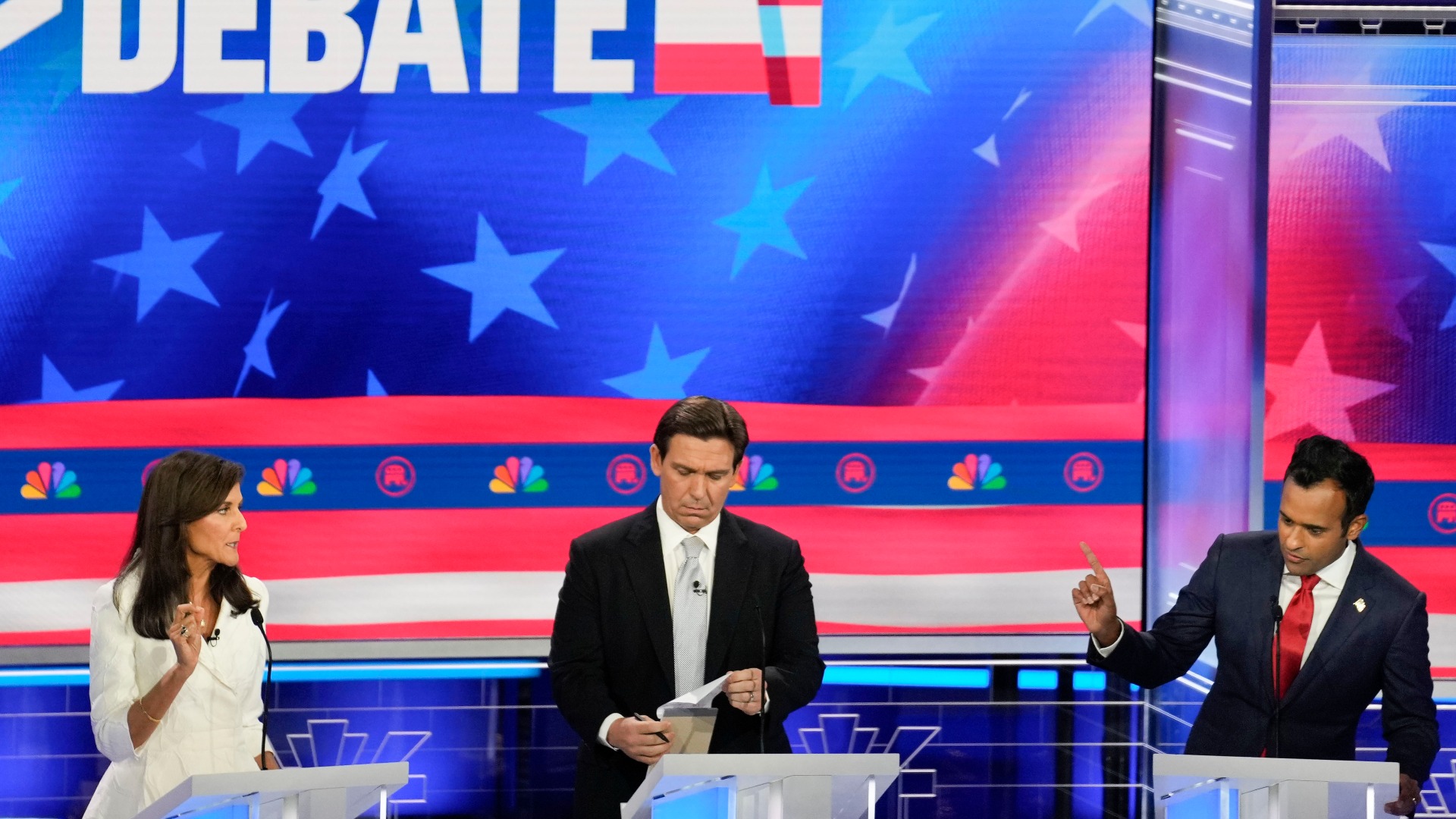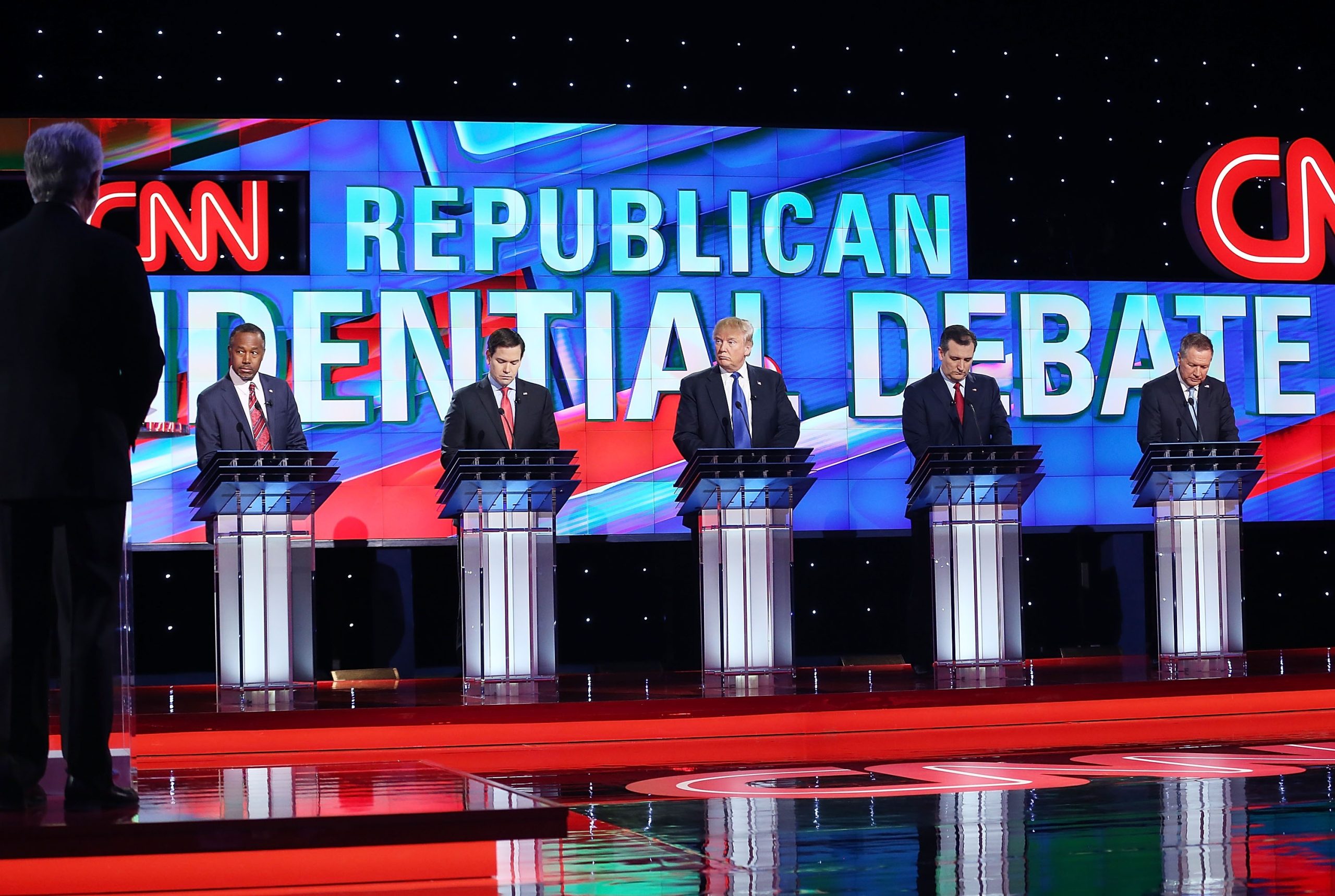While the presidential race commands the spotlight, the upcoming 2024 campaign for the United States House of Representatives emerges as a compelling and crucial political arena.
As expectations point toward a potentially polarizing rematch for the presidency, the battle for control of the House gains prominence as a dynamic and captivating contest.
Contrary to the foreseeable and somewhat dreaded presidential contest, the fate of the House promises intrigue and excitement. The struggle for dominance in the House acquires significance given the evolving dynamics and the current delicate balance of power in Washington.

The Debate 2024 (Credits: Al Jazeera)
The present scenario depicts Republicans holding a slender majority with 219 seats while Democrats trail closely with 212, leaving four seats vacant.
The recent tumultuous episodes within Congress, ranging from the chaos surrounding the speakership last year to impeded legislative initiatives, underscore the challenges of governing with a narrow majority.
In contrast to the Senate, where the pivotal question revolves around whether red-state Democrats can defy the partisan leanings of their states to maintain their majority, the House presents a more intricate puzzle.
Republicans, eyeing one or two seats to secure control depending on the White House outcome, are well-positioned to seize the deep-red West Virginia seat left vacant by retiring Democratic Senator Joe Manchin.
The Democratic quest for control of the House demands a net gain of five seats, potentially shrinking to four if they successfully capture the vacant seat in the upcoming special election in New York’s suburban district. The seat, previously held by the expelled George Santos, is now a focal point for both parties.
Democrats strategically utilize Santos’s controversial history in their campaign against the GOP nominee, turning the special election into a barometer for the broader electoral landscape this fall, especially within the influential state of New York.
The outcome of the special election serves as a litmus test, offering insights into the electorate’s sentiments and preferences. The district’s suburban profile, previously supportive of President Joe Biden in 2020, provides a microcosm for assessing potential shifts and trends that might shape the larger electoral landscape.
Consequently, the New York special election becomes a crucial precursor, shedding light on the strategies, messaging, and dynamics that could influence the overarching narrative of the fall elections.
As the House campaigns unfold, the intricate interplay of factors, including local dynamics, candidate appeal, and party strategies, will define the evolving political landscape.
While the presidential race undoubtedly captures attention, the House campaigns offer a nuanced and impactful theater where the delicate equilibrium of power hangs in the balance.
The political theater of the House promises to be a riveting spectacle, providing both parties with a platform to showcase their visions, resonate with voters, and influence the trajectory of the nation’s legislative future.























